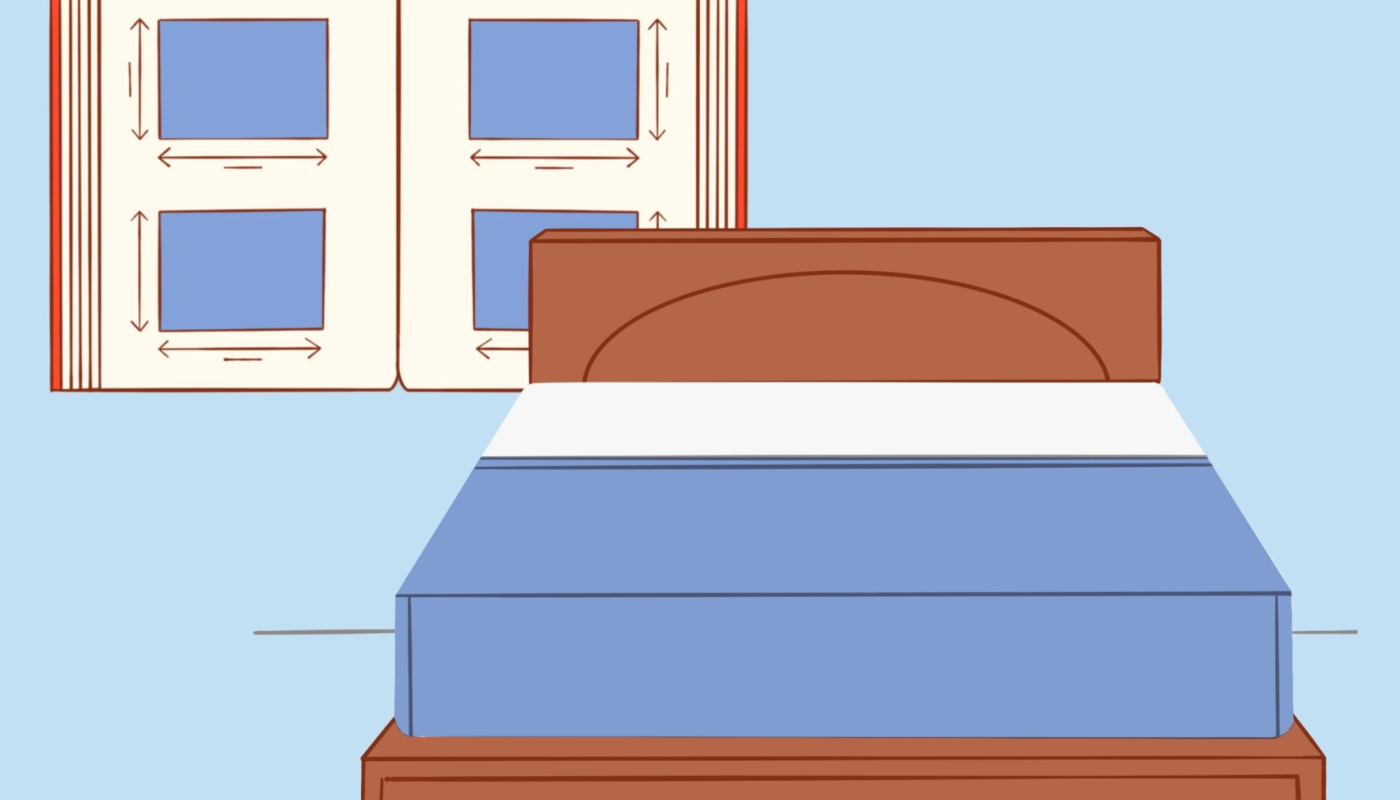You may be wondering what the factors determining the thickness of your mattress are. First, you need to consider your body type. If you sleep on your back, you need a mattress that is 15 inches thick or more. If you sleep on your stomach, you should go for an 8 to 10-inch mattress. Mattress thickness will also depend on how you sleep, so if you’re thin, you may want to go for a thin mattress.
Basics
The basic rule of thumb is that a mattress’ thickness should be between eight and twelve inches. Mattresses thicker than sixteen inches are considered extra deep or tall. The thickness of a mattress affects both its durability and comfort. The quality of a bed is dependent on the thickness of its foundation layer, the materials it is made of, and your personal preferences. To find the right thickness for you, consider the mattress thickness guide and a few other factors.
The thickness of a mattress is often a personal preference, and it can affect the comfort level and support that you get while sleeping. If you are considering a mail order bed, it is essential to know the factors that determine the thickness of your mattress. One of the primary factors is the type of material used in the mattress. Memory foam and latex mattresses tend to be thicker than innerspring or hybrid mattresses. Another factor is the weight of the person or people who will be sleeping on the bed. By considering these factors, you can make an informed decision on the thickness of your mail-order bed.
The height of the bed is a crucial consideration when determining mattress thickness. A good rule of thumb is to keep the height of the bed below twenty-five inches and the mattress above eighteen inches. Also, keep in mind that mattresses over eighteen inches may be uncomfortable for people with limited mobility. Also, if your bed is too tall, you could have trouble getting into it. A twelve-inch mattress is a good choice for those with limited mobility.
Base layer
Mattress thickness is a key factor when choosing the right one for you. A good base layer should make up at least 50 percent of the mattress’s total thickness. It is essential that the base layer is sturdy, as this is what will hold up the top layers of the mattress. For optimal support and comfort, a thick base layer should be at least 50 percent of the mattress’s total height. In addition, mattresses with thick base layers have better durability than those with thinner ones.
The top comfort layer is the plush part of the mattress. The comfort layer may be made of different materials, including foam or even water bladders. The thickness of this layer will determine how soft or firm it is, and whether it will keep the sleeper from sliding or making loud noises. Thickness of the top comfort layer can vary, but a two-inch thickness is ideal. Different materials can have different levels of softness, so it’s important to choose the right one based on what works best for you.
Firmness level
The firmness level of a mattress affects many aspects of the mattress, including comfort, body weight, and sleeping position. In addition to these factors, the level of firmness also determines the lifespan of a mattress. In general, mattresses with softer layers are more prone to sagging and early degeneration, compromising support and causing aches and pains. On the other hand, mattresses with firmer top layers tend to last much longer than mattresses with softer comfort layers.
While the firmness level is a factor when determining mattress thickness, it can also be a good idea to consider your body’s weight as well as your personal preferences. While companies might describe a mattress as “plush” to describe it, firm can mean a softer, more comfortable feel to some sleepers than others. While this might be the case for many people, there is no single answer that’s right for everyone.
Sleeping position
When selecting a mattress, consider your sleep position. Your spine orientation and weight distribution on the surface of the mattress will depend on your sleep position. The positions that you sleep in determine which body parts are in contact with the surface, which areas bear the most weight, and which pressure points will be the most uncomfortable. This will affect the thickness of your mattress, as well as your comfort and ease of drifting off to sleep. Learn more about the benefits of different sleep positions.
Weight and body type also play a role in determining how firm a mattress should be. Because different weights apply different amounts of pressure on the surface, they may prefer a firmer or softer mattress. Understanding the role of weight in selecting a mattress will help you find one that suits you best. In general, people across different weight groups prefer mattresses that balance contouring and good posture. Generally speaking, lighter people will prefer a softer mattress, while heavier people will need a firmer one.
Price
The price of a mattress depends on its thickness and the materials it is made from. Mattresses made from natural materials like latex or wool are generally more expensive than those made from synthetic materials. The thickness of the mattress layer also affects its durability. A sturdy base layer can last anywhere from eight to ten years. Ideally, the mattress’ thickness should be at least half the height of the bed. Thick mattresses will last longer than thin ones.
There are three common mattress thicknesses, ranging from two inches for a mattress topper to 20 inches for extra firmness. Mattresses are commonly 6 to 9 inches thick, while luxurious models can be up to 20 inches thick. The thickness of the mattress is important because thick mattresses require deeper pocket digging than standard ones. While thicker mattresses may be more comfortable, it is important to ensure that the mattress has enough support at the base and a soft top layer that’s comfortable to sleep on.
Conclusion
The thickness of a mattress is determined by many factors. Some people might think it’s simply the amount of padding on top of the springs, but in fact, there are several other considerations that go into making a mattress as thick or thin as it is. Let’s take a look at some of those factors.


